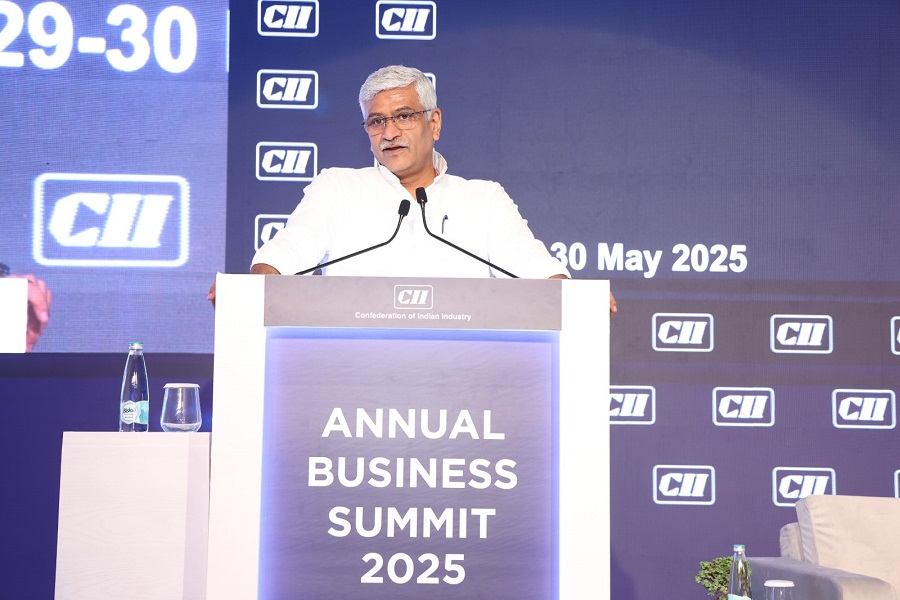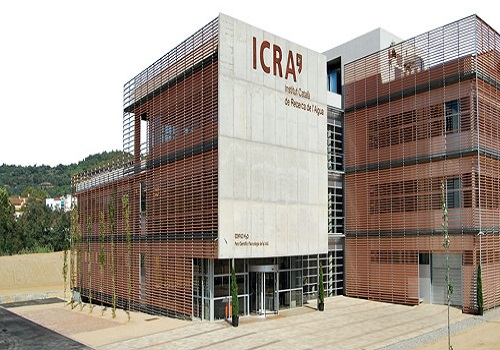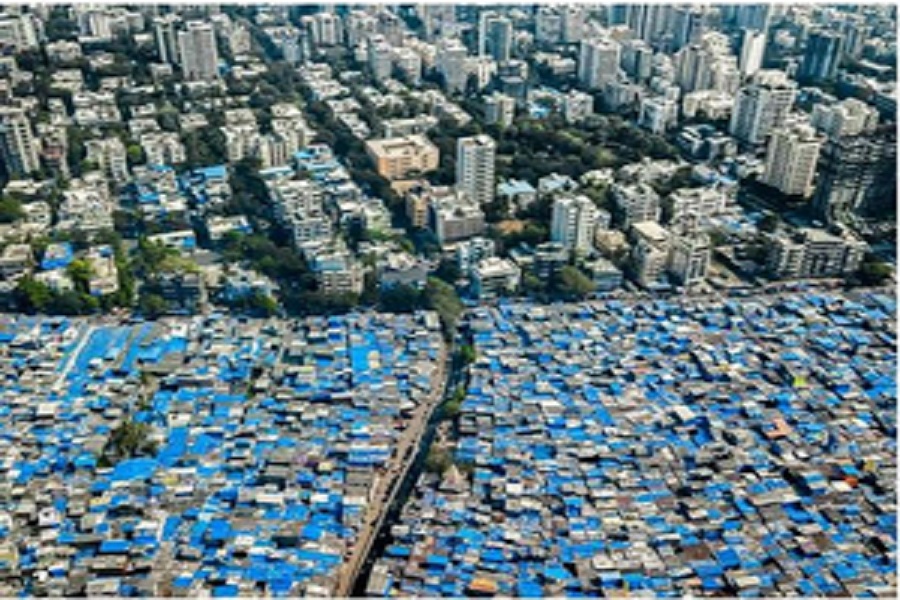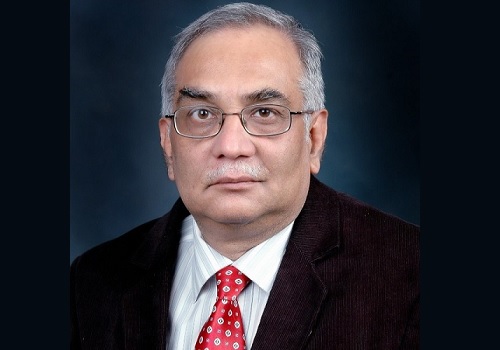Urban discretionary spending slows down even as rural demand weakens
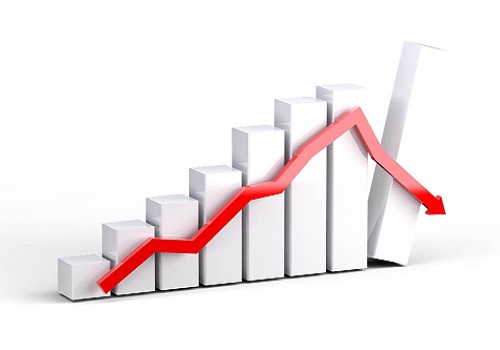
Private consumption demand, which forms the largest part of GDP, slowed meaningfully to 2.1 pert cent in Q3FY23 due to slowdown in urban discretionary consumption along with already weak rural demand, Ambit Capital said in a report.
Manufacturing sector contracted for a second straight quarter as demand for manufacturing exports decelerated given the global slowdown.
Real GDP growth in FY24 will be in the range of 5.5-6 per cent (vs 7 per cent in FY23), with downside risks, given: (1) urban discretionary demand continues to decelerate along with weak rural demand, (2) private investment remains in the slow lane given rising borrowing costs and sluggish external demand and (3) slowdown in global growth will adversely affect India's manufacturing and services exports, Ambit Capital said.
Systematix Institutional Equities in a report said that on the discretionary front, growth remains sluggish, especially in apparel and QSR, prolonging the deceleration that started post festive season. This could be a temporary slowdown, but if it continues for few more months, it could impede the footprint expansion plans of most industry players.
"Margins could pose a concern, as the recovery is being driven by promotions, discounts and higher sales of entry-level products. While the medium-term narrative on discretionary remains strong, we foresee more earnings cuts in FY24, especially on the margin front, which could drive some more de-rating in the space and amplify the recent underperformance. While we expect near term sluggish growth in QSR and apparel, paints, jewellery and luggage may fare relatively better," the report said.
In consumer discretionary, there was no major change in the demand environment across categories in February, which remained sluggish in QSR, apparel and jewellery segments.
Demand for mass-priced products, especially in the Northern and Eastern regions, remained weak with better trends in South and West India, the report said. However, the growth trajectory of paint companies has been improving since December.
While footfalls are picking up at a slow pace, higher promotions/discounts are likely to weigh on margins near term in most categories.
So far, companies have yet not slowed down on their footprint expansion plans, but if the prevailing environment continues for few more months, some segments may need to reconsider their physical expansion plans in the near term, the report said.
The data for Q3FY23 suggests: (1) manufacturing sector contracted for the second quarter in a row as slowing exports hit labour-intensive manufacturing; (2) private consumption expenditure (largest component of GDP) growth has slowed down meaningfully as urban discretionary demand slowed due to subdued mass consumption, Ambit Capital said.
"Goods exports and domestic consumption are already slowing, and we expect services exports and capex to lose momentum ahead amid a slowing global economy and higher domestic interest rates," Nuvama Institutional Equities said in a report.
Motilal Oswal Financial Services said in a report that consumption demand has started ebbing.
Overall, consumption demand has started its southward journey. Both rural and urban consumption grew at a three-quarter low of 4.6 per cent and 6.6 per cent YoY, respectively, in Q3FY23. Going ahead, though the central government continues to focus on the rural sector, weak income growth combined with higher interest rates could bring down overall consumption demand further. Data released from the CSO also reveals collapse in total consumption to 2.1 per cent YoY in Q3FY23.
After growing strongly by 18 per cent/10.9 per cent YoY in Q1/Q2FY23, urban consumption rose only 6.6 per cent YoY in Q3FY23, leading to slower growth in 9MFY23 (v/s 9MFY22 level). Six out of nine indicators disappointed in 3QFY23; these were real non-farm GVA, domestic PV sales, IIP for consumer durable goods, petrol consumption, real house prices, and real non-farm consumer imports, the report said.
Urban consumption compiled by using nine proxy indicators grew 11.5 per cent YoY in 9MFY23 vs a 12.4 per cent YoY growth in 9MFY22.
Three among the nine indicators, real non-farm consumer imports, real non-farm GVA and IIP for consumer durable goods witnessed a slowdown. Others such as real salaries of BSE500 employees, domestic PV sales, real personal credit and petrol consumption posted higher growth.
While CPI for non-food inflation remained flat at a high level (of 6.7 per cent YoY), real house prices contracted at a slower pace in 9MFY23, the report said.


